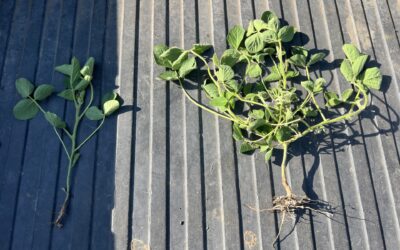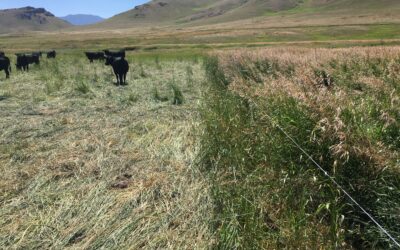Low Organic Matter
What is soil organic matter?
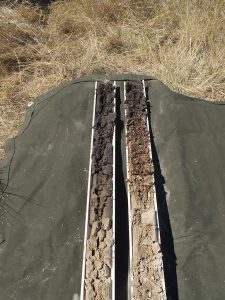
Soil organic matter is that fraction of the soil composed of anything that once lived. It includes plant and animal remains in various stages of decomposition, cells and tissues of soil organisms, and substances from plant roots and soil microbes. Well-decomposed organic matter forms humus, a dark brown, porous, spongy material that has a pleasant, earthy smell. In most soils, the organic matter accounts for less than about 5% of the volume.
What does organic matter do?
Organic matter is an essential component of soils because it:
- provides a carbon and energy source for soil microbes;
- stabilizes and holds soil particles together, thus reducing the hazard of erosion;
- aids the growth of crops by improving the soil’s ability to store and transmit air and water;
- stores and supplies such nutrients as nitrogen, phosphorus, and sulfur, which are needed for the growth of plants and soil organisms;
- retains nutrients by providing cation-exchange and anion-exchange capacities;
- maintains soil in an uncompacted condition with lower bulk density;
- makes soil more friable, less sticky, and easier to work;
- retains carbon from the atmosphere and other sources;
- reduces the negative environmental effects of pesticides, heavy metals, and many other pollutants.
Soil organic matter also improves tilth in the surface horizons, reduces crusting, increases the rate of water infiltration, reduces runoff, and facilitates penetration of plant roots.
Where does it come from?
Plants produce organic compounds by using the energy of sunlight to combine carbon dioxide from the atmosphere with water from the soil. Soil organic matter is created by the cycling of these organic compounds in plants, animals, and microorganisms into the soil.
What happens to soil organic matter?
Soil organic matter can be lost through erosion. This process selectively detaches and transports particles on the soil surface that have the highest content of organic matter.
Soil organic matter is also utilized by soil microorganisms as energy and nutrients to support their own life processes. Some of the material is incorporated into the microbes, but most is released as carbon dioxide and water. Some nitrogen is released in gaseous form, but some is retained, along with most of the phosphorus and sulfur.
When soils are tilled, organic matter is decomposed faster because of changes in water, aeration, and temperature conditions. The amount of organic matter lost after clearing a wooded area or tilling native grassland varies according to the kind of soil, but most organic matter is lost within the first 10 years.
Rates of decomposition are very low at temperatures below 38 oF (4 oC) but rise steadily with increasing temperature to at least 102 oF (40 oC) and with water content until air becomes limiting. Losses are higher with aerobic decomposition (with oxygen) than with anaerobic decomposition (in excessively wet soils). Available nitrogen also promotes organic matter decomposition.
What controls the amount?
The amount of soil organic matter is controlled by a balance between additions of plant and animal materials and losses by decomposition. Both additions and losses are very strongly controlled by management activities.
The amount of water available for plant growth is the primary factor controlling the production of plant materials. Other major controls are air temperature and soil fertility. Salinity and chemical toxicities can also limit the production of plant biomass. Other controls are the intensity of sunlight, the content of carbon dioxide in the atmosphere, and relative humidity.
The proportion of the total plant biomass that reaches the soil as a source of organic matter depends largely on the amounts consumed by mammals and insects, destroyed by fire, or produced and harvested for human use.
Practices decreasing soil organic matter include those that:
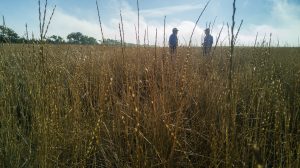 Decrease the production of plant materials by
Decrease the production of plant materials by - replacing perennial vegetation with short-season vegetation,
- replacing mixed vegetation with monoculture crops,
- introducing more aggressive but less productivespecies,
- using cultivars with high harvest indices,
- increasing the use of bare fallow.
- Decrease the supply of organic materials by
- burning forest, range, or crop residue,
- grazing,
- removing plant products.
- Increase decomposition by
- tillage,
- drainage,
- fertilization (especially with excess nitrogen).
Practices increasing soil organic matter include those that:
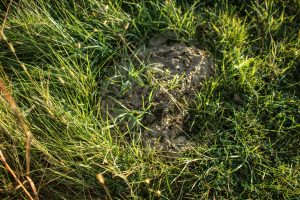 Increase the production of plant materials by
Increase the production of plant materials by - irrigation,
- fertilization to increase plant biomass production,
- use of cover crops
- improved vegetative stands,
- introduction of plants that produce more biomass,
- reforestation,
- restoration of grasslands.
- Increase supply of organic materials by
- protecting from fire,
- using forage by grazing rather than by harvesting,
- controlling insects and rodents,
- applying animal manure or other carbon-rich wastes,
- applying plant materials from other areas.
- Decrease decomposition by
- reducing or eliminating tillage,
- keeping the soil saturated with water (although this may cause other problems),
- keeping the soil cool with vegetative cover.
This Page Was Created Utilizing Text And Images From These Sources:
South Dakota Resource Concerns Webpage, South Dakota Natural Resources Conservation Service
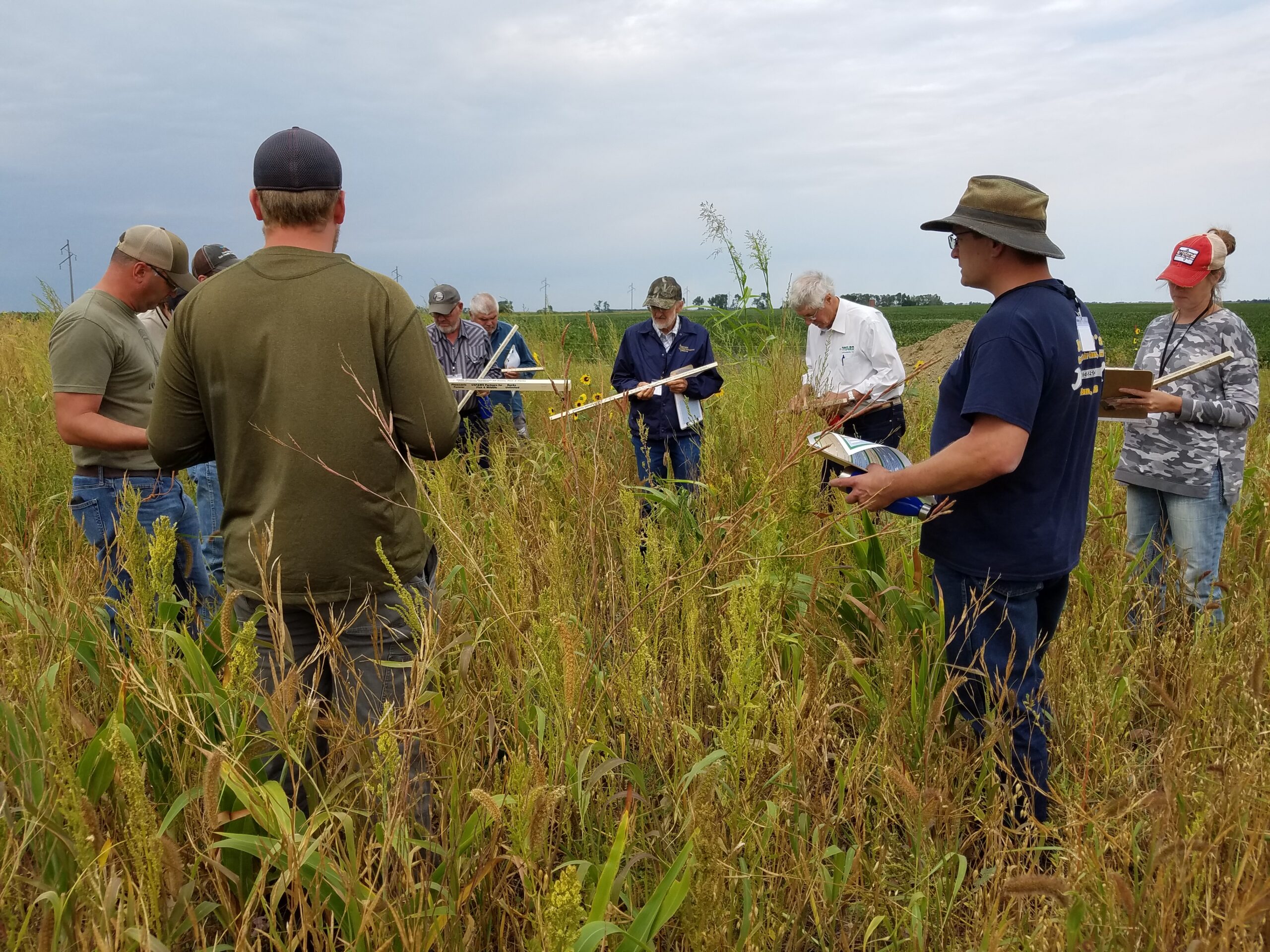
West River Soil Health School Registration Open!
In 2024, the South Dakota Soil Health Coalition will host an additional Soil Health School in west of the Missouri River! The 2024 West River Soil Health School with be held June 26-27 near Caputa, SD! This school will focus on issues specific to the land, climate, and ag production systems of wester South Dakota. Class size is limited, so early registration is strongly encouraged!
News & Events
Farmer reaps higher yields by interseeding soybeans
By Stan Wise Alex Frasier has spent a lot of time studying what it takes to grow a successful crop. After studying ag production and precision technology at Lake Area Technical College, he has worked in ag retail and currently works as an agronomist in Aberdeen, SD....
Farm and ranch innovators to share new ideas at Soil Health Conference
By Stan Wise PIERRE, SD — Before Cooper Hibbard came home to manage his family’s ranch, he studied ag business, rangeland resources and Spanish at California Polytechnic State University and then worked on ranches all over the world. That education and experience...
Wintertime is decision time
By Stan Wise PIERRE, SD – It’s often said that the best time to start improving your land was 20 years ago, but the second-best time is right now. That statement might be harder for ranchers to swallow with winter on their doorstep, nothing growing in their pastures,...
